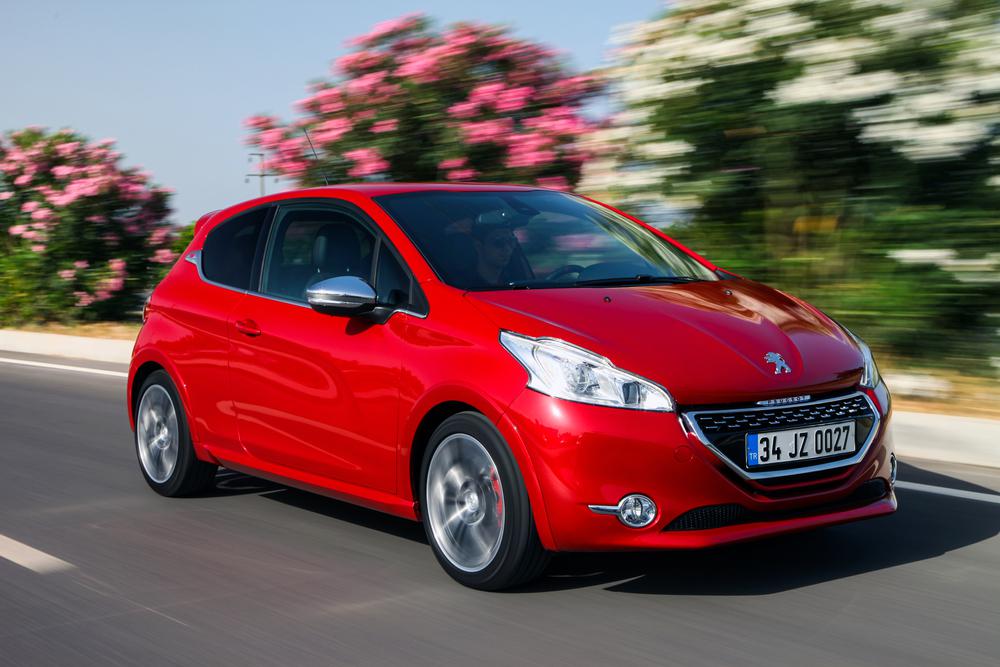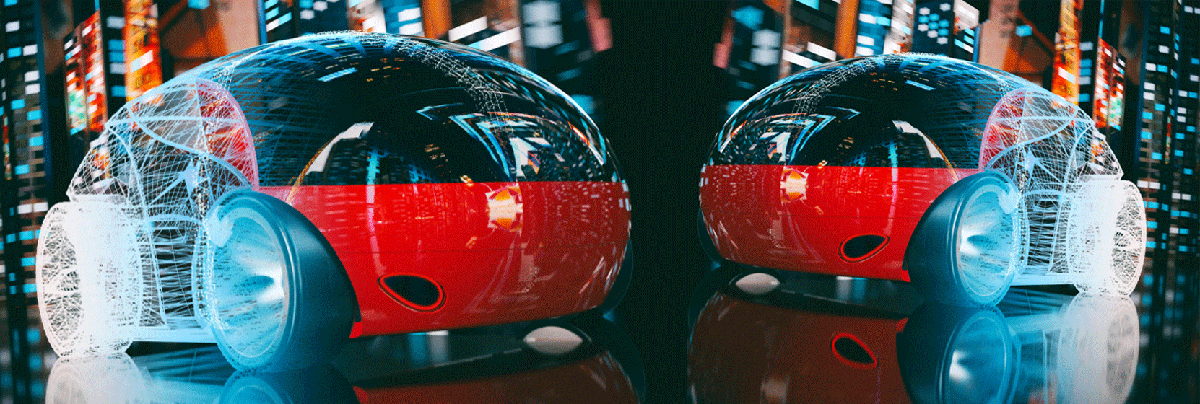Faced with environmental challenges, the automotive industry must reinvent itself. Their design departments are working hard, using new technologies and new developments in materials. Among which, plastics still have many advantages to offer.
Team Plastics leading the race to reduce weight
Polymers: ‘slimming coaches’
A recurring yet fascinating subject, the automotive sector is constantly under scrutiny by the trade press as well as by the economic or technological press. All the more so in this unprecedented period of containment that the world is currently experiencing, and which is seeing vehicle sales plummet to extremely low levels. Should we be alarmed by this development in this very particular economic climate? Will the coronavirus put a stop to the paradigm shift currently occurring among most car manufacturers? It would be a pity, because a true revolution is occurring in the industry. In the space of just a decade, manufacturers have radically changed their vision of the car of the future.
For a long time, manufacturers focused on making engines ever more powerful, then less fuel-intensive after the oil crises of the 1970s. Electronics, which were widely used to optimize engines, led to real reductions in consumption. However, the technology had its limits. The automotive industry therefore decided to put its vehicles on a diet to make them less greedy.
It then started looking at the materials used, and more specifically at polymers, which are much lighter than metals, that were initially used to build vehicle interiors. The work quickly paid off and the perceived quality of the plastics on-board became a real asset. Rigid plastics have since given way to foamed, silky, grained and smooth plastics. Materials producers and manufacturers have since constantly offered new polymers that further enhance the products, some of them even becoming mandatory.
What could be done on the inside could not always be done on the outside. In the 1980s, plastic bumpers became standard for all brands. A decade later, French manufacturer Renault innovated by replacing metal with polyamide in the 
Today, manufacturers all share the same goal: drastically improving their environmental footprint. It is not simply a matter of reducing CO2 emissions, as internal combustion engines emit various other particles, such as nitrogen oxides. This is why brands are gradually converting their models to use electric power, while continuing to reduce their weight.
Tomorrow’s vehicles: polymers are up to the task
Converting vehicles to use electric power is a primary concern among manufacturers, especially among those located in Europe. They are now subject to very heavy fines if the entire fleet sold each year exceeds the average threshold of 95g of CO2/km* (up to 1 January 2020, the standard was 130g). Today in Europe, electric and hybrid vehicles account for approximately 6% of all sales and this figure has been rising for the past three years. However, there are still obstacles to be overcome. Motorists are still concerned about not being able to use their car for long journeys. And rightly so, because although the network of charging stations is growing steadily, it is still quite small. Above all, one does not fill up a car with electricity in the same way as with petrol. Charging a car takes a good thirty minutes at best.
Manufacturers have therefore made it their priority to make every effort to increase the autonomy of their electric models. Batteries are very heavy and take up a lot of space, so having several batteries on board is impossible. History is repeating itself and manufacturers are once again looking at the materials used to make their cars lighter and lighter. What is true for petrol is also true for electricity: the lighter a vehicle, the less it consumes and the less power it requires to move. 
However, manufacturers have long known how to convert a combustion engine vehicle into an electric vehicle. Until a few years ago, they would simply remove the internal combustion engine and replace it with an electric motor. Batteries were usually stored in the boot. These vehicles, which only had a very short range, were mainly designed for the city and were most often purchased by public authorities. The vehicles fell rather short from meeting the environmental goals and failed to persuade millions of motorists to make the switch.
* Regulation (EU) No 333/2014 of the European Parliament and of the Council of 11 March 2014 amending Regulation (EC) No 443/2009 to define the modalities for reaching the 2020 target to reduce CO2 emissions from new passenger cars.
As a result, car manufacturers changed their approach and are now designing vehicles that are truly optimized to accommodate an electric motor and its necessary battery capacity. In less than 10 years, the autonomy of electric vehicles has improved considerably.
Read more on plastics-themag.com








